There is a saying that history is written by the victors, but if the Yushukan Museum is anything to go by, then that is not always the case. In fact, what you will learn when you come here might be somewhat different to what you have heard at home, or in other nations.
And while we respect all points of view at YPT and indeed have a policy of active neutrality, it is hard to go to the Yushukan Museum and not come out a little shocked. And yes, I say this as someone who has been to North Korea, Eritrea and a number of other politically “unique” nations.
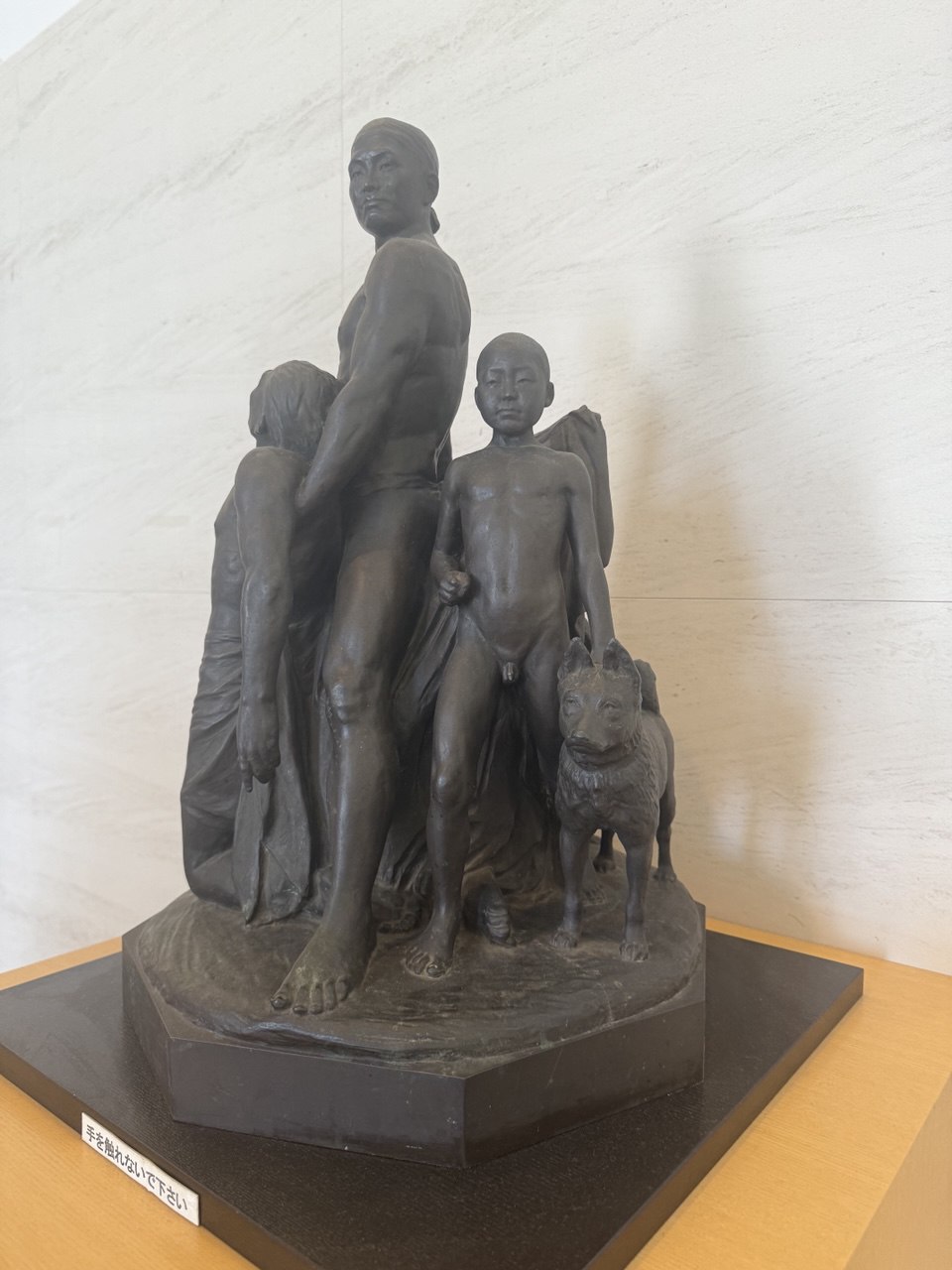
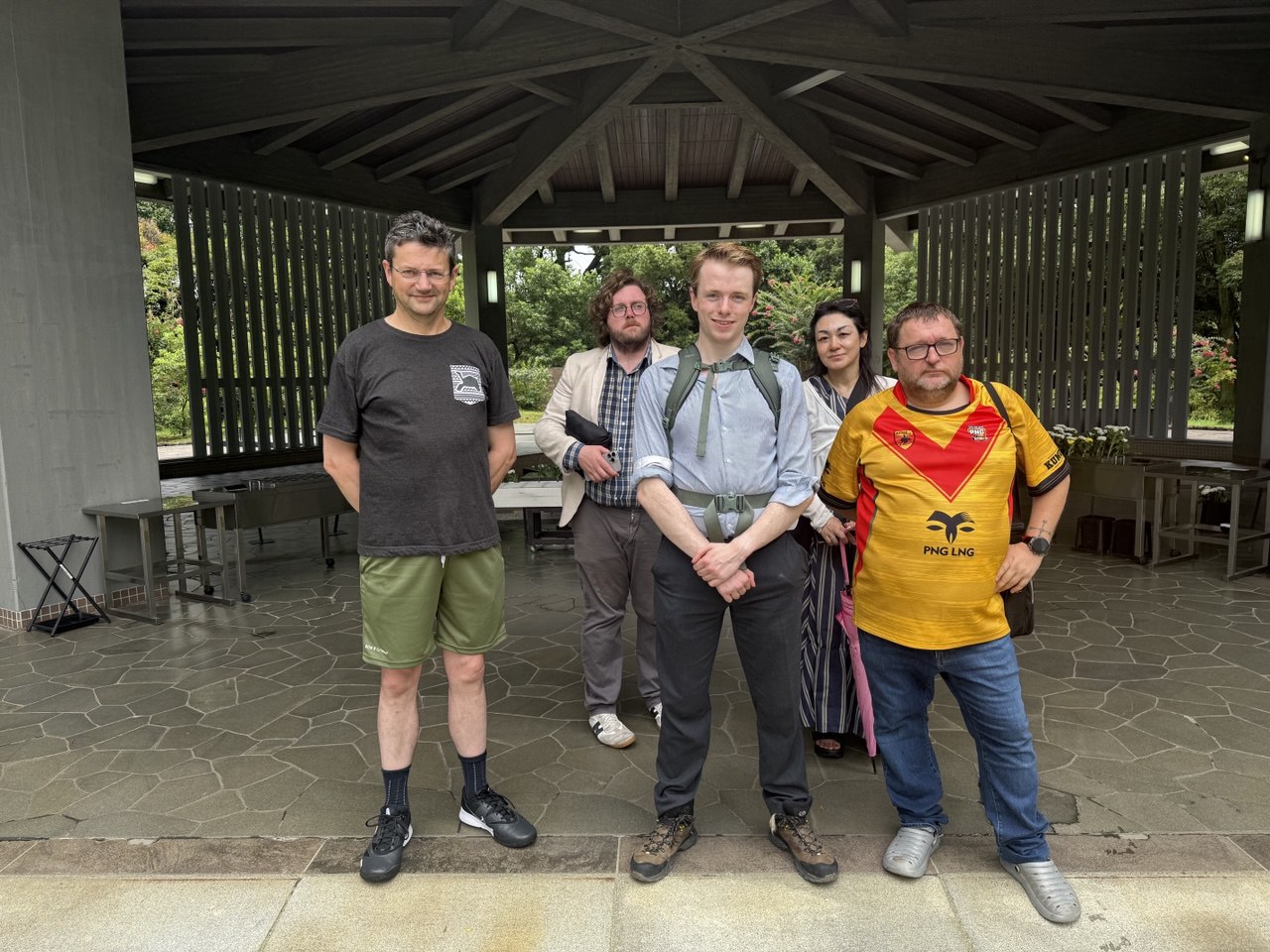
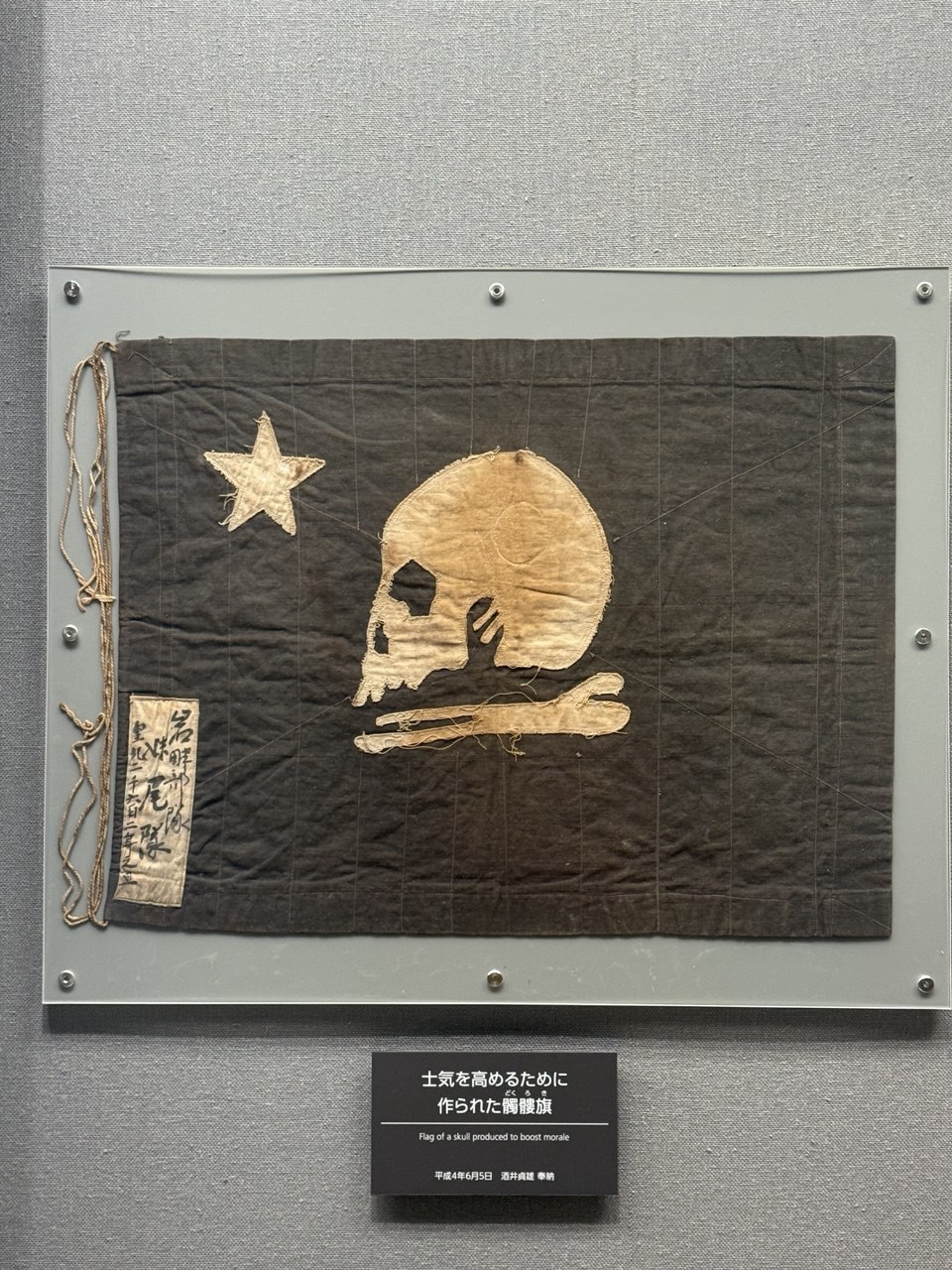

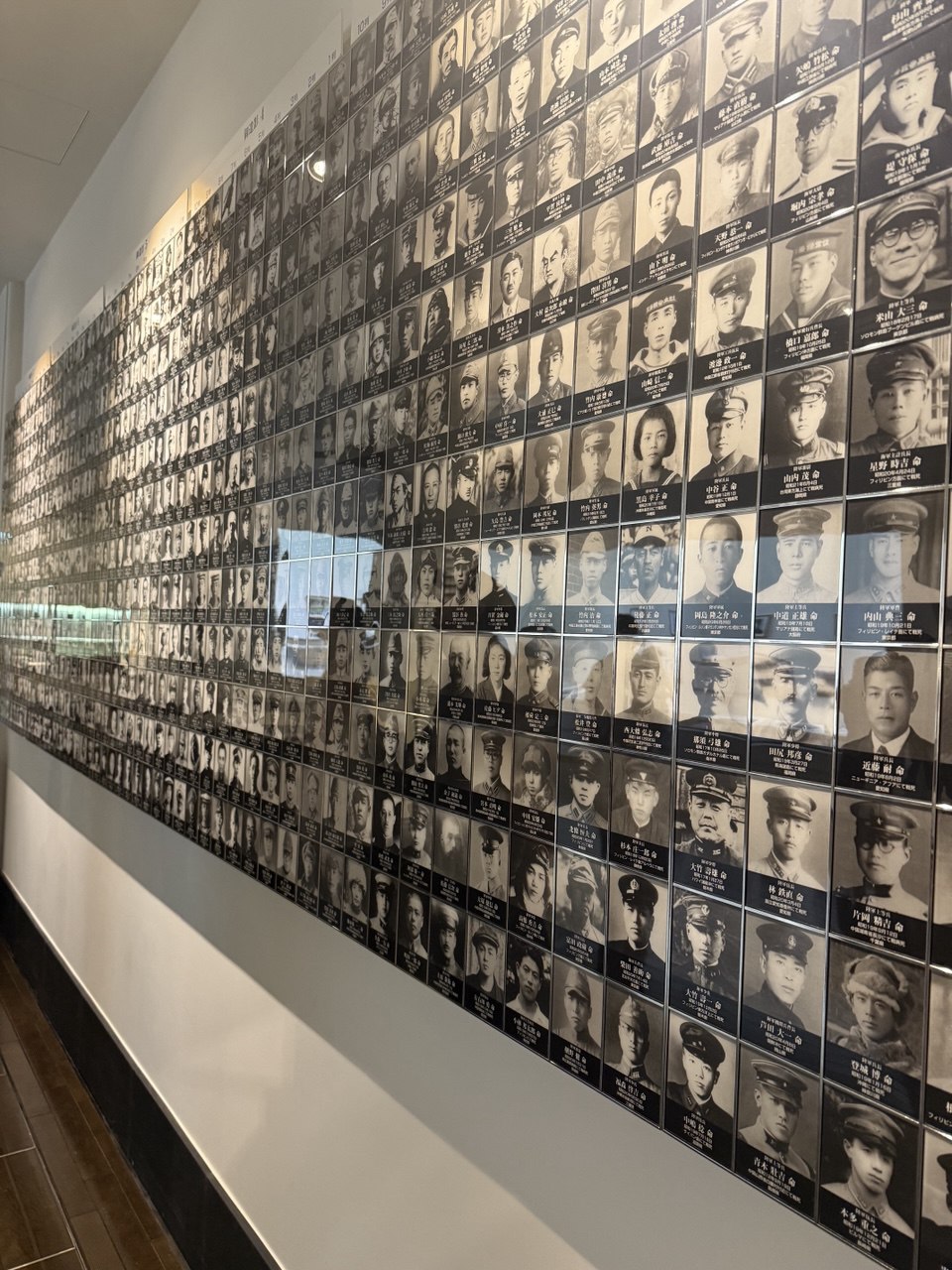
What the Yushukan Actually Is
The Yushukan Museum sits right next to the infamous Yasukuni Shrine, the very same shrine that causes all the controversy. But strip away the headlines and nationalist symbolism for a moment, and what you will find is something a lot more complex. The shrine itself is rooted in Shintoism, Japan’s indigenous religion, and exists to honor those who died fighting for Japan. This is important context, because those who died fighting for their country are thereafter considered “gods”.
If you visit only the shrine without reading the names or looking up who is enshrined there, you could easily view it as a solemn religious site. You will see families praying, incense burning, and the kind of quiet reflection that is common across spiritual places in Asia. Many Japanese people visit here not to glorify war, but because it is where their grandfather or great-uncle is listed.
The real punch, though, comes when you step into the museum. This is where alternate history becomes weaponized nostalgia. It’s not so much that the museum lies (which it does), it’s more that it frames everything in a very specific and unapologetically nationalistic way. This is the right-wing Japan that was supposed to have been swept away circa 1945…..
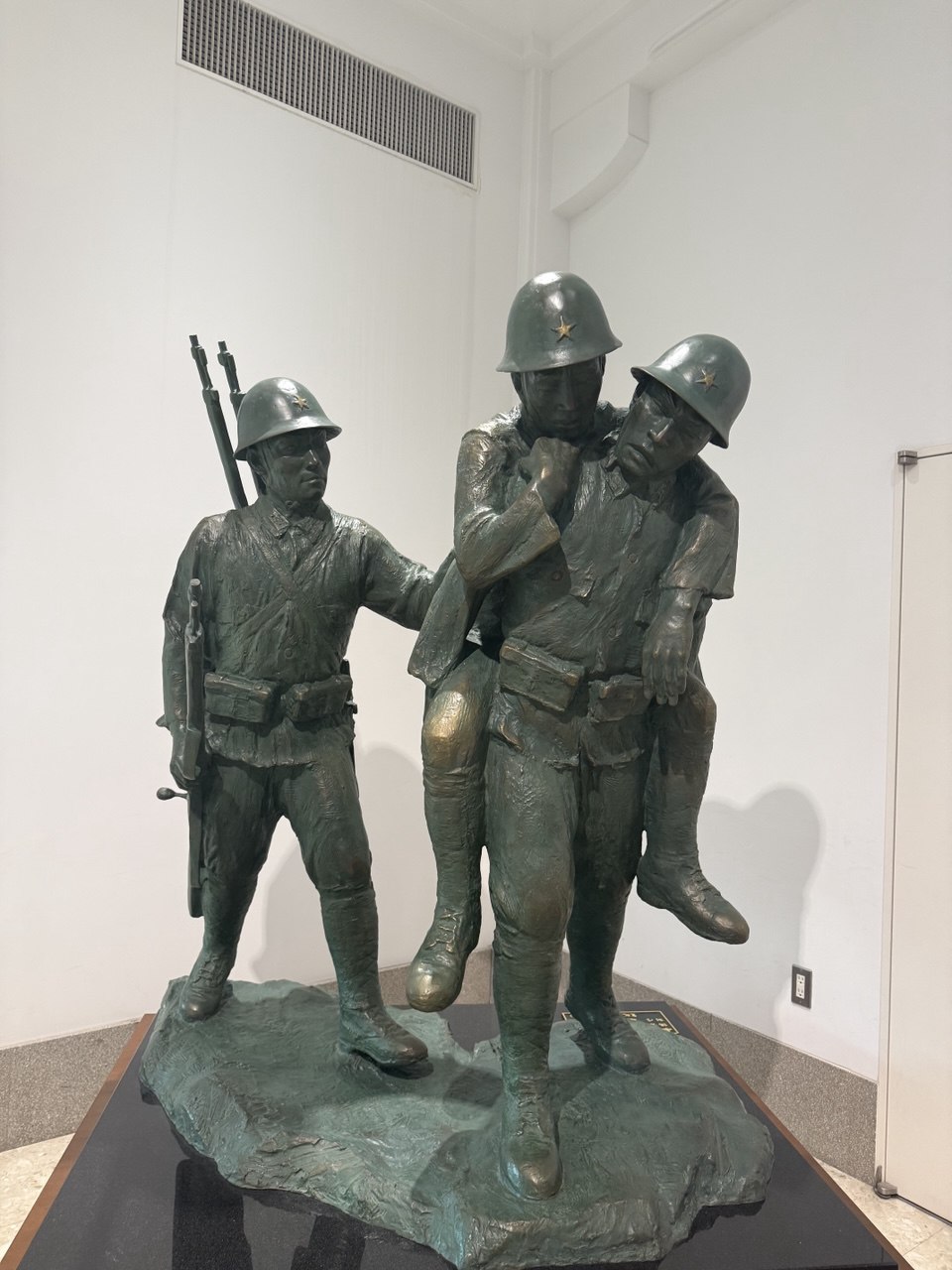
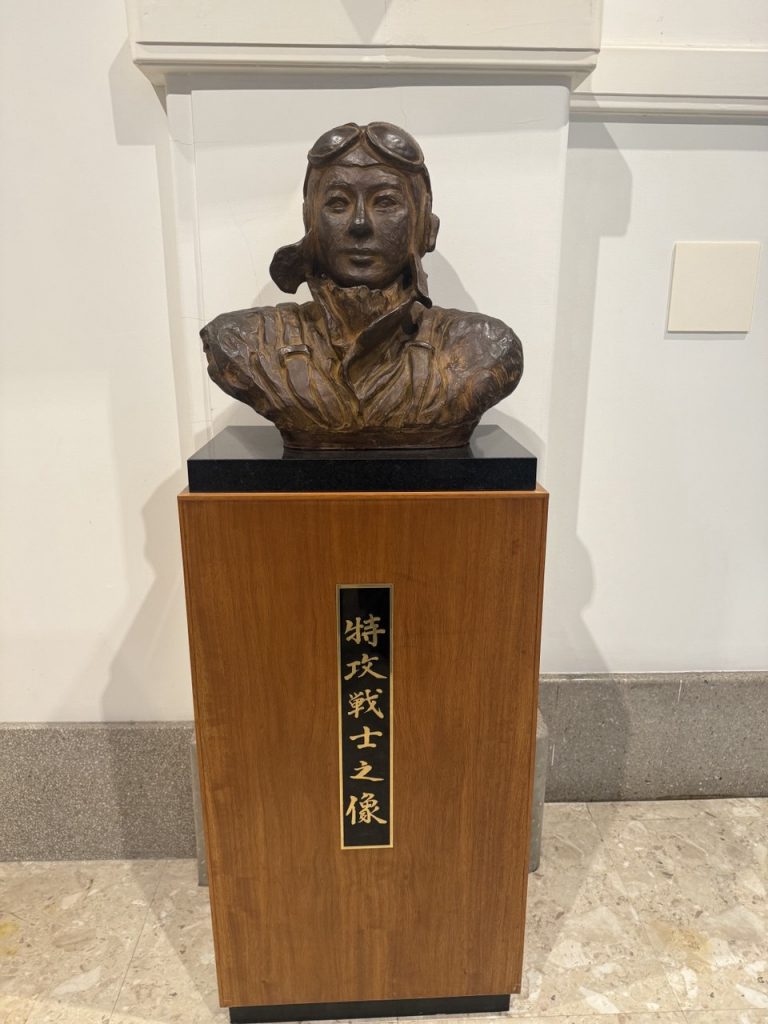
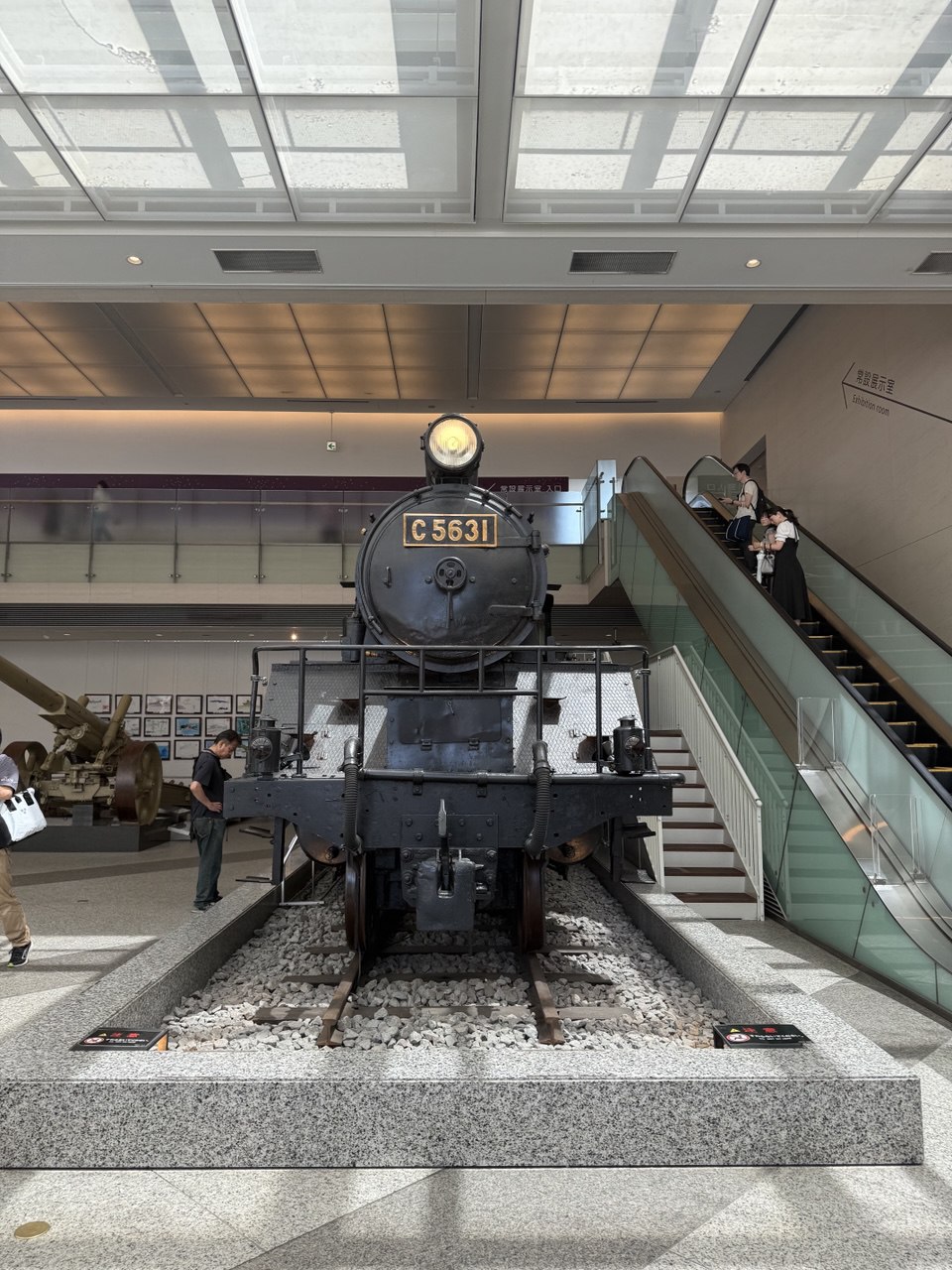
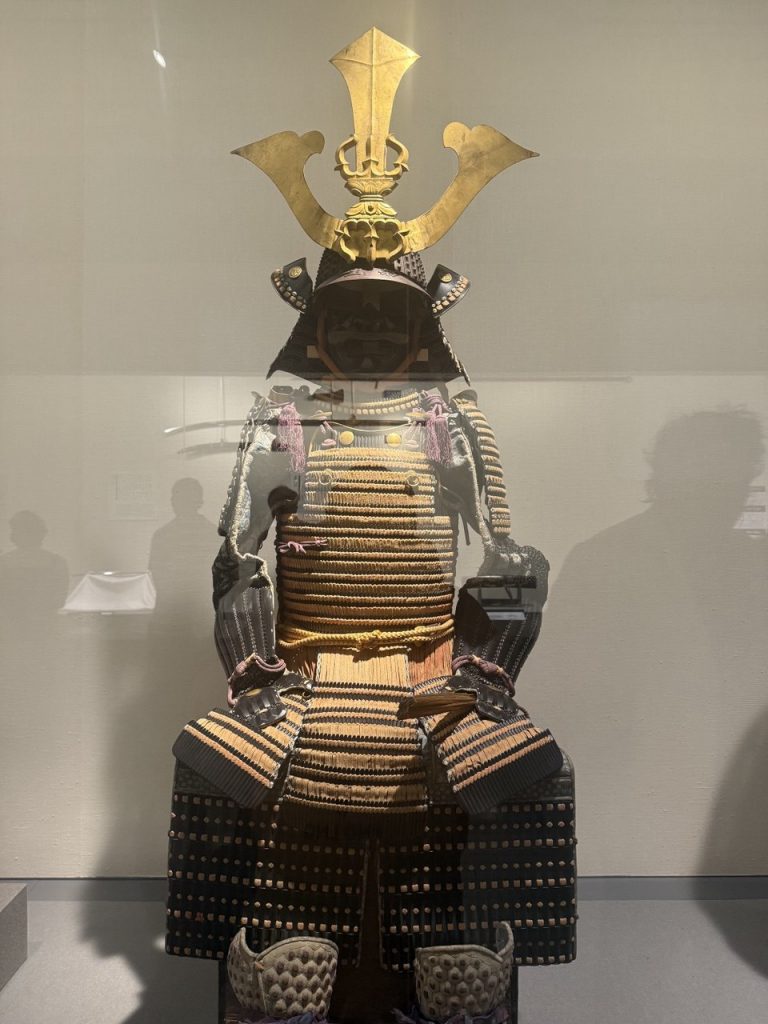
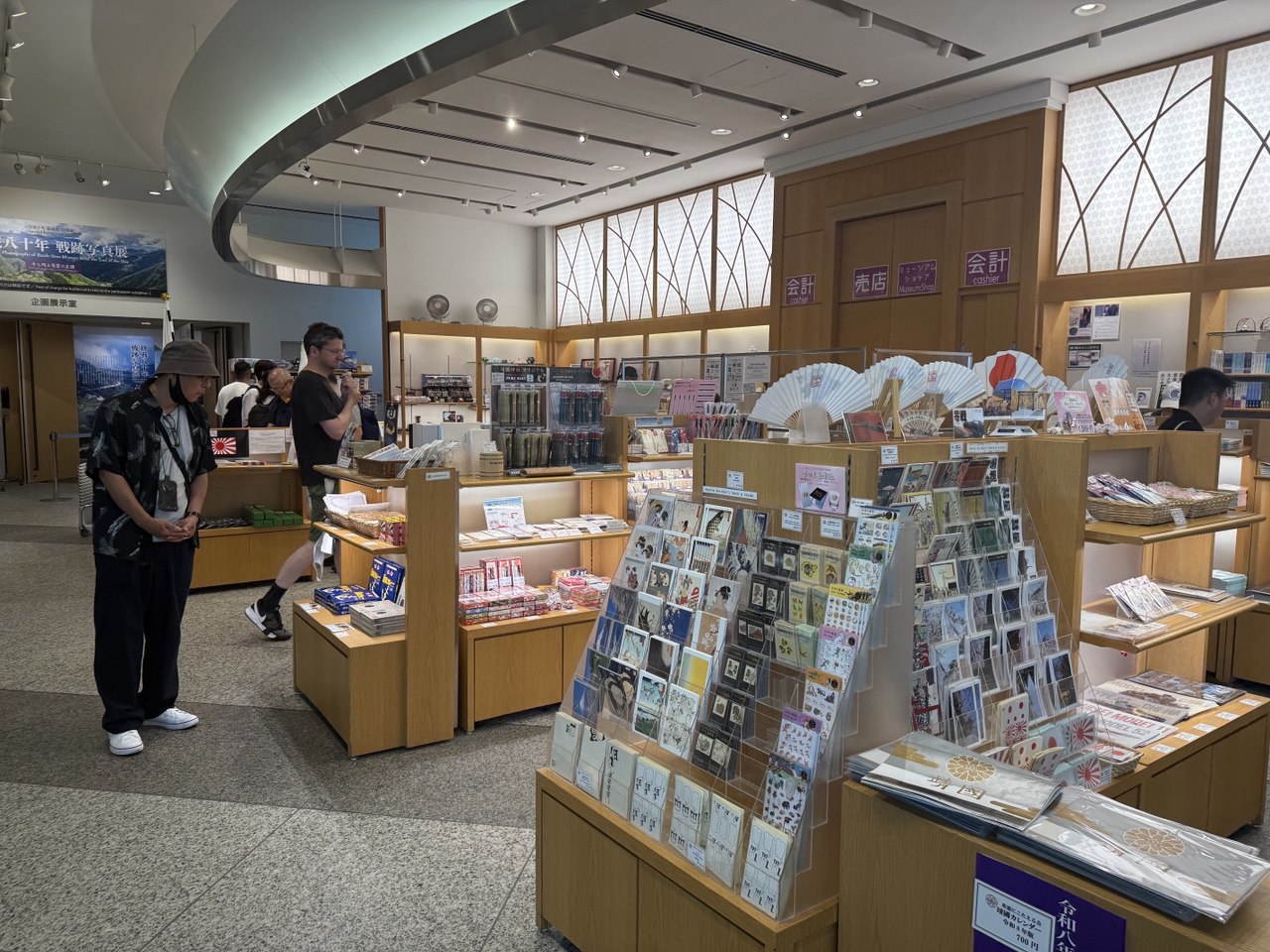

The Korean Question
As a frequent traveler to North Korea and a semi-regular one to the South, I am more than well versed on Korean attitudes to the colonial period. Korea, you know, the once unified country was taken over and turned into a colony by Japan. The language was suppressed, names were forcibly changed, and millions of people were moved to Japan, Sakhalin and other occupied territories.
According to the Yushukan Museum though, this was not the case at all. In fact, Korea was either liberated (as some sections claim) or was an integral part of the “homeland.” There is even one part of the museum that, when talking about the defense of the homeland in the face of Allied invasion, lists Korea, Taiwan, and Manchukuo as part of “Japan.”
Forget forced assimilation and resistance movements, the tone here is: “Wasn’t it great when we were all one happy family?”
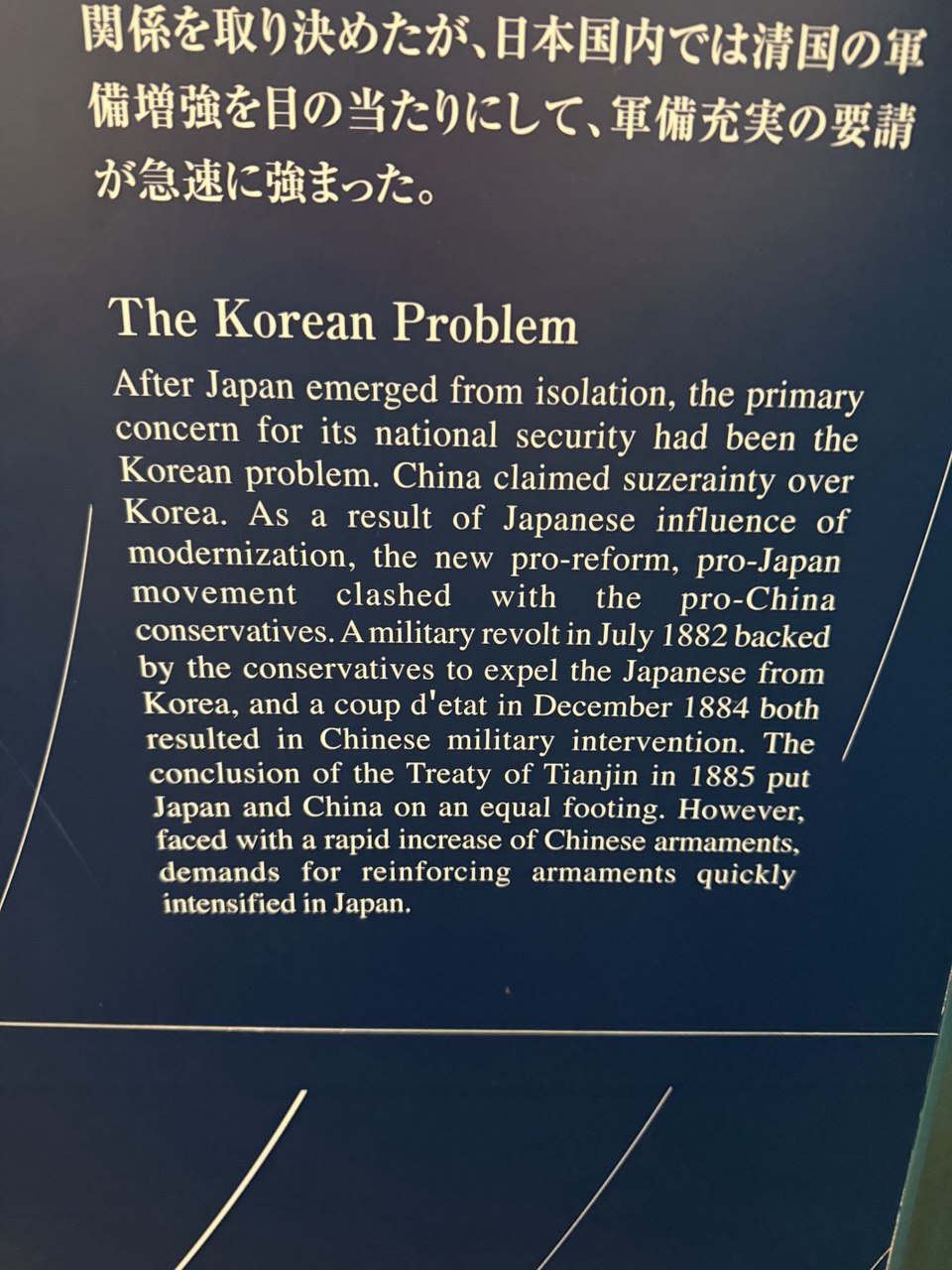

The Chinese Incident
And I say “incident” because that is exactly how they frame it. Not war, not invasion, but incident. From Manchuria to Nanjing, it is all painted with the same euphemistic brush.
We might call it the Nanjing Massacre or the Rape of Nanking. Not here. Here it’s simply the “Nanjing Incident.” A few vague mentions of conflict, zero references to mass killings, rape, or war crimes. Instead, the underlying message is that China brought it all upon itself.
The narrative pushed is that rogue Chinese communists and unruly warlords disrupted what was otherwise Japan’s peaceful and righteous expansion. The Greater East Asia Co-Prosperity Sphere is framed not as imperialism, but as an effort to liberate Asia from Western colonialism. The irony of Japanese colonialism replacing Western colonialism is, of course, completely ignored.
And look, I’m not defending CCP propaganda either. I’ve seen enough in China to know that they’ve curated their own version of history. But this? This takes selective memory to another level.
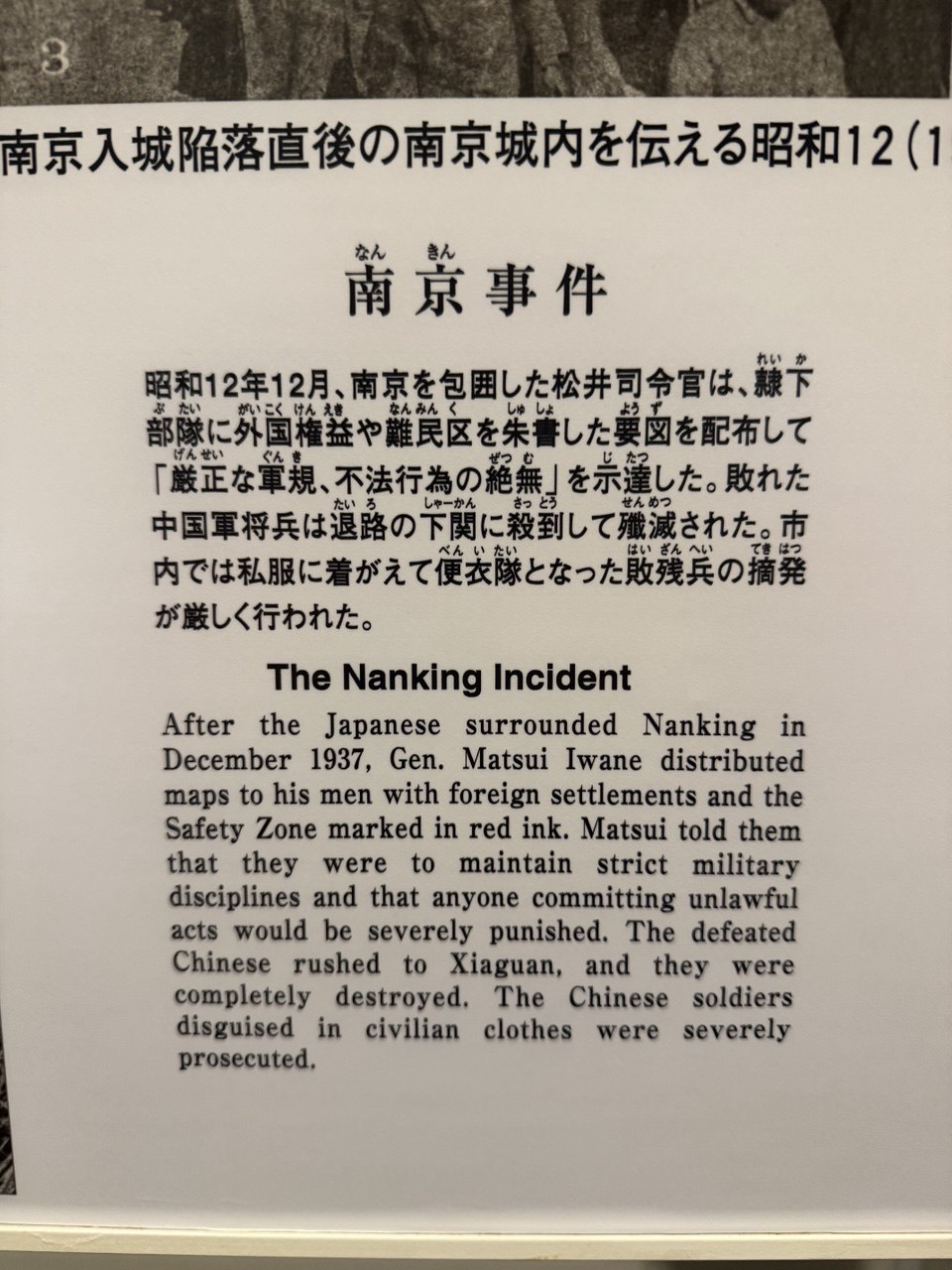
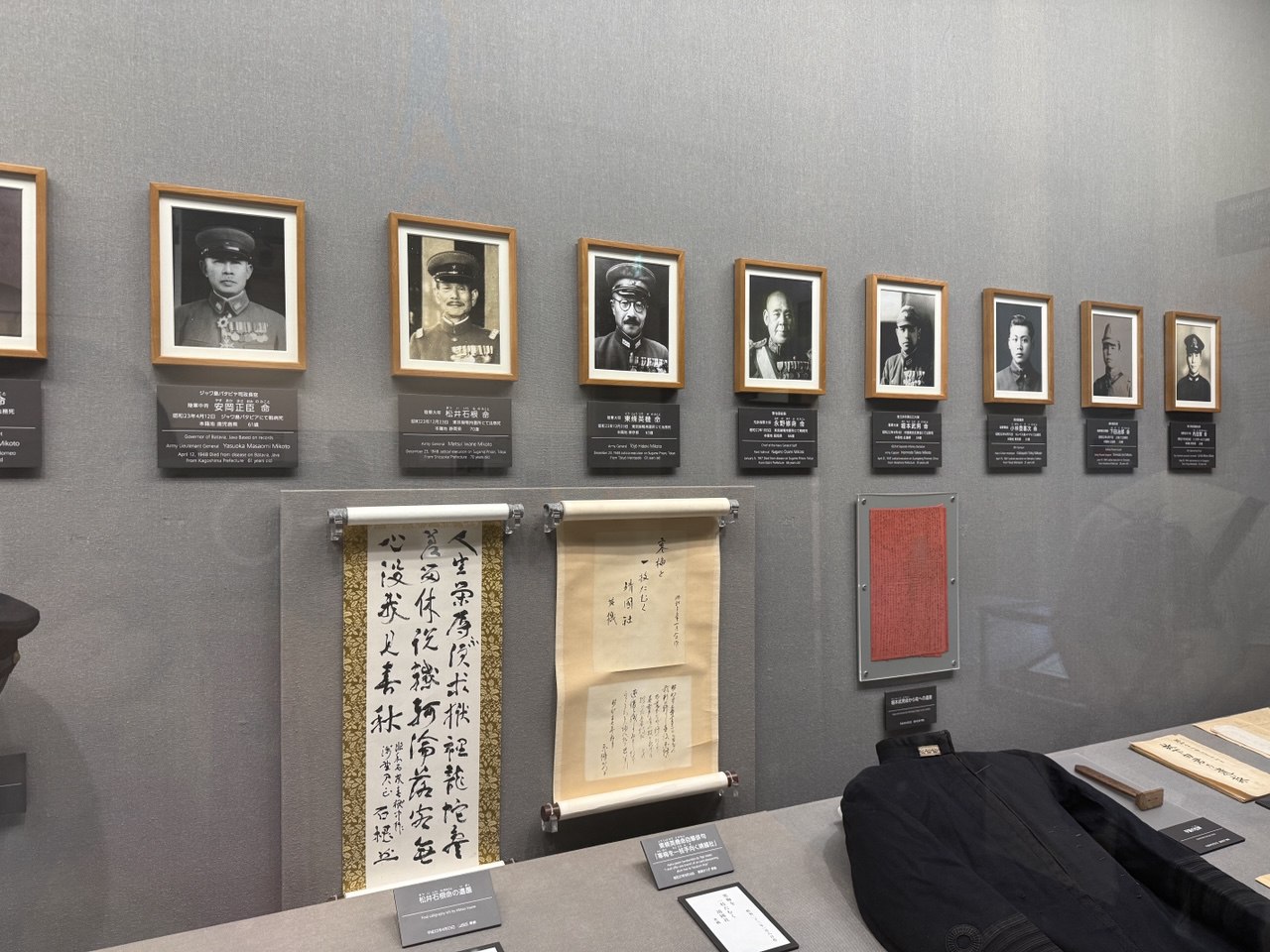
And the Rest of History?
I could go on for hours here. The museum portrays Japan as being lured into World War II by American aggression, while at the same time claiming Japan tried endlessly for peace but was unjustly ignored. The atomic bombings are displayed with the kind of victimhood you’d expect in Hiroshima or Nagasaki museums, but here it is paired with open denial about why the war even started.
The Soviets? Painted as treacherous. The Americans? Deceitful. Southeast Asian independence movements? All thanks to Japan apparently. You’d think Ho Chi Minh was a Japanese agent the way they spin it.
But rather than write a dissertation, I’ll leave it to one of our group who put it perfectly in our daily recap:
“Today we learned that Japan tried to save Asia, but the rest of the world misunderstood them. Then a few minor incidents happened, but mostly Japan was just trying to preserve peace. Also, apparently they teamed up with an Austrian painter who also just wanted world harmony. Things didn’t work out. Shame, really.”
And while the statement is tongue-in-cheek, it absolutely nails the vibe of the museum. You will not get nuance or balance here, but what you will get is a masterclass in how nations rewrite their own history when allowed to speak without criticism.
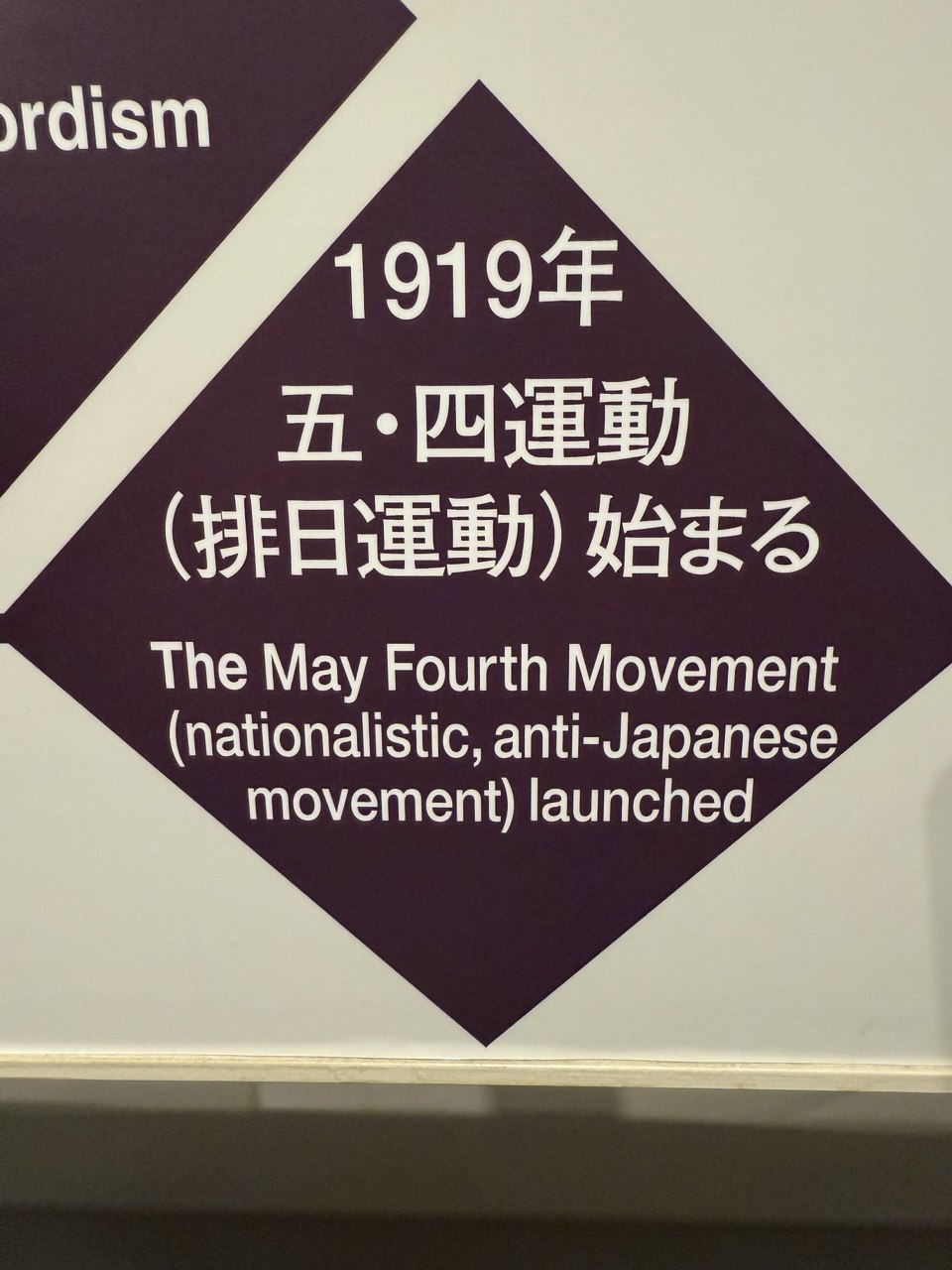
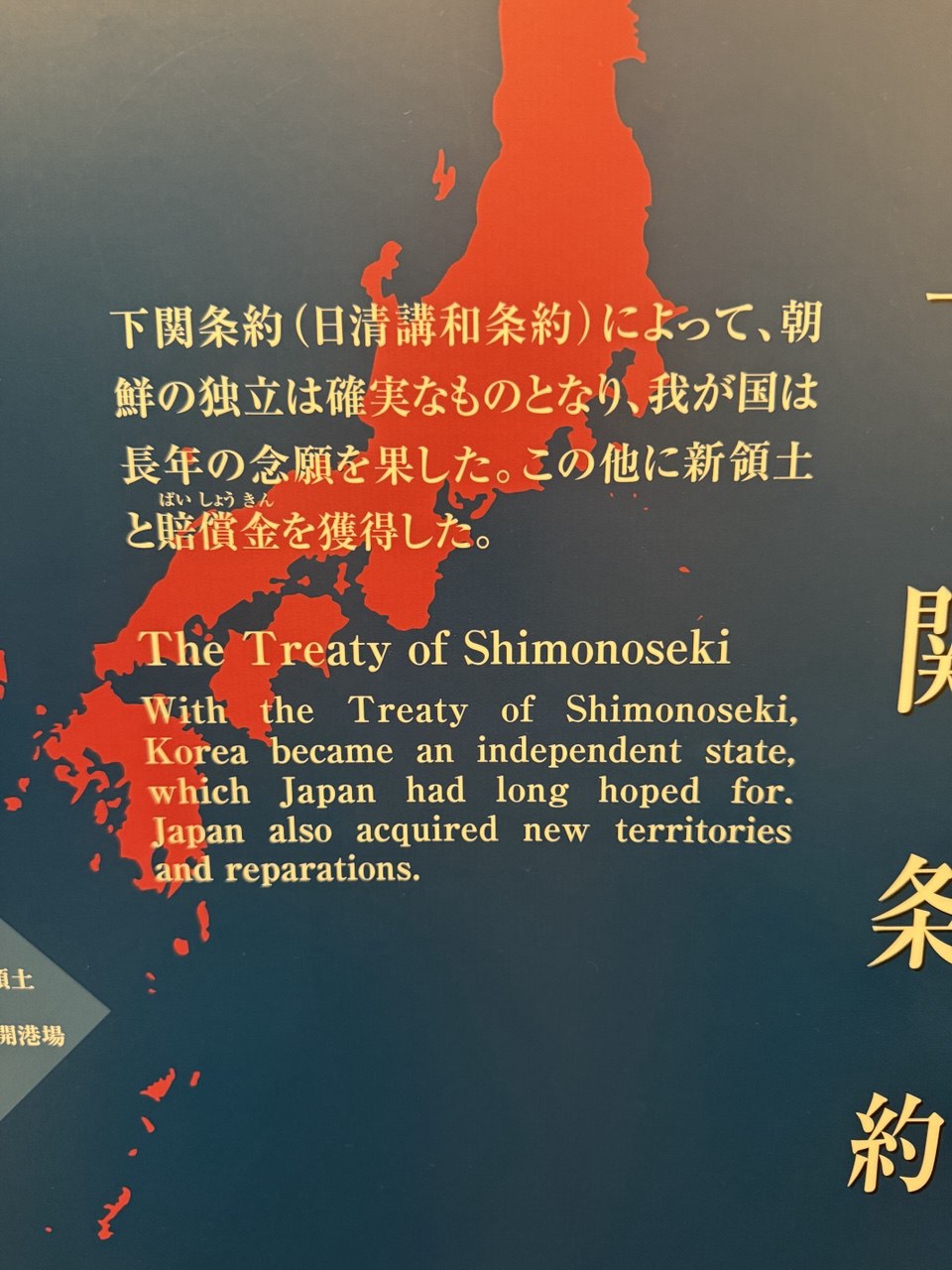
Should You Visit the Yushukan Museum?
Should you visit the Yushukan Museum? Pardon the French, but absafuckinglutely. Why? Because history is subjective and not always written by the victors. And yes, while it is controversial, the level of propaganda is perhaps no different to what we get in the West. The Japanese have been vilified as cartoon villains, but the truth, like always, is more complex.
This does not mean I think Japan were the good guys in the war. They were pretty damned awful. But this is their side of the story. And in an era where people foam at the mouth about cancel culture, there’s something to be said about walking into a place like this, keeping your nogin switched on, and forming your own mind.
The shrine? Yeah, it’s controversial. But it’s also a religious site. I’ve stood at the grave of Pol Pot, laid a flower for Ceausescu, bowed to the embalmed corpse of Uncle Ho, and paid respects to Hoxha. None of that means I endorsed them (some I might), but It means I was curious enough to see all sides.
And perhaps if we all had a more open mind and a wee bit less virtue signaling the world might be a better place….
Click to check our Japan Tours.





